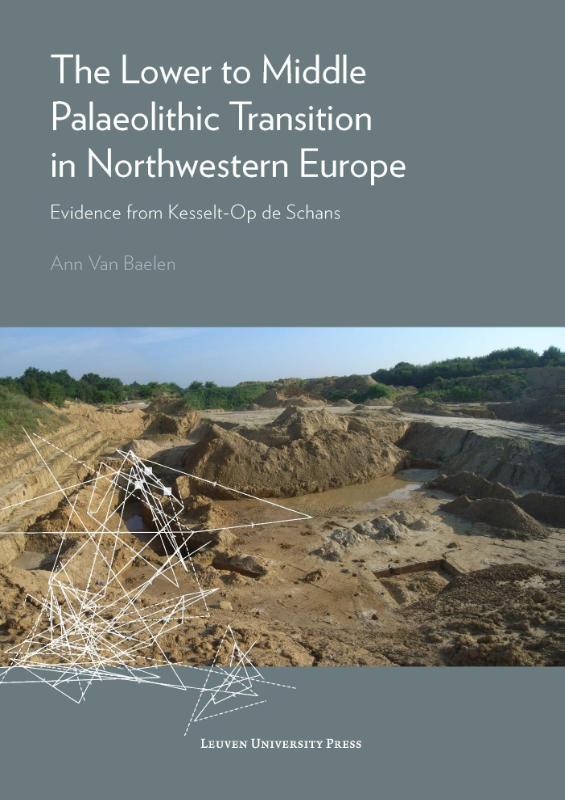‘’ is toegevoegd aan je winkelmandje
The Lower to Middle Palaeolithic Transition in Northwestern Europe
Product
Paperback / softback
€ 59,50
€ 56,53
Prijs
€ 59,50
€ 56,53
Indien op voorraad en voor 17.00 besteld, vandaag verstuurd.
Automatische incasso
Betalen via werkgever
Pin bij ophalen
- Gratis ophalen
- Gratis thuisbezorgd
- 14 dagen bedenktijd
Samenvatting
A well‐preserved early Middle Palaeolithic site set against a wider northwestern European context.
The shift from Lower to Middle Palaeolithic in northwestern Europe (dated to around 300,000-250,000 years ago) remains poorly understood and underexplored compared to more recent archaeological transitions. During this period, stone tool technologies underwent significant changes but the limited number of known sites and the general low spatio‐temporal resolution of the archaeological record in many cases has impeded detailed behavioural inferences.
Brickyard‐quarrying activities at Kesselt‐Op de Schans (Limburg, Belgium) led to the discovery and excavation of a well‐preserved early Middle Palaeolithic level buried beneath a 10 m thick loess-palaeosol sequence. The present volume offers a comprehensive report on the site, dated to around 280,000 years ago, set against a wider northwestern European context. An in‐depth study of the lithic assemblage, including an extensive refitting analysis, provides detailed information on the technological behaviour of prehistoric hominins in the Meuse basin during this crucial time period.
With free digital appendices
Contributors: Jozef J. Hus (Royal Meteorological Institute of Belgium), Frank Lehmkuhl (RWTH Aachen University), Erik P.M. Meijs (ArcheoGeoLab), Philipp Schulte (RWTH Aachen University), Ann Van Baelen (KU Leuven and University of Cambridge), Philip Van Peer (KU Leuven), Joerg Zens (RWTH Aachen University)
Toon alles
Verberg
The shift from Lower to Middle Palaeolithic in northwestern Europe (dated to around 300,000-250,000 years ago) remains poorly understood and underexplored compared to more recent archaeological transitions. During this period, stone tool technologies underwent significant changes but the limited number of known sites and the general low spatio‐temporal resolution of the archaeological record in many cases has impeded detailed behavioural inferences.
Brickyard‐quarrying activities at Kesselt‐Op de Schans (Limburg, Belgium) led to the discovery and excavation of a well‐preserved early Middle Palaeolithic level buried beneath a 10 m thick loess-palaeosol sequence. The present volume offers a comprehensive report on the site, dated to around 280,000 years ago, set against a wider northwestern European context. An in‐depth study of the lithic assemblage, including an extensive refitting analysis, provides detailed information on the technological behaviour of prehistoric hominins in the Meuse basin during this crucial time period.
With free digital appendices
Contributors: Jozef J. Hus (Royal Meteorological Institute of Belgium), Frank Lehmkuhl (RWTH Aachen University), Erik P.M. Meijs (ArcheoGeoLab), Philipp Schulte (RWTH Aachen University), Ann Van Baelen (KU Leuven and University of Cambridge), Philip Van Peer (KU Leuven), Joerg Zens (RWTH Aachen University)
Specificaties
| Uitgever | Universitaire Pers Leuven |
| ISBN | 9789462700987 |
| Ondertitel | Evidence from Kesselt-Op de Schans |
| Bindwijze | Paperback |
| Druk | 1 |
Gerelateerde producten



